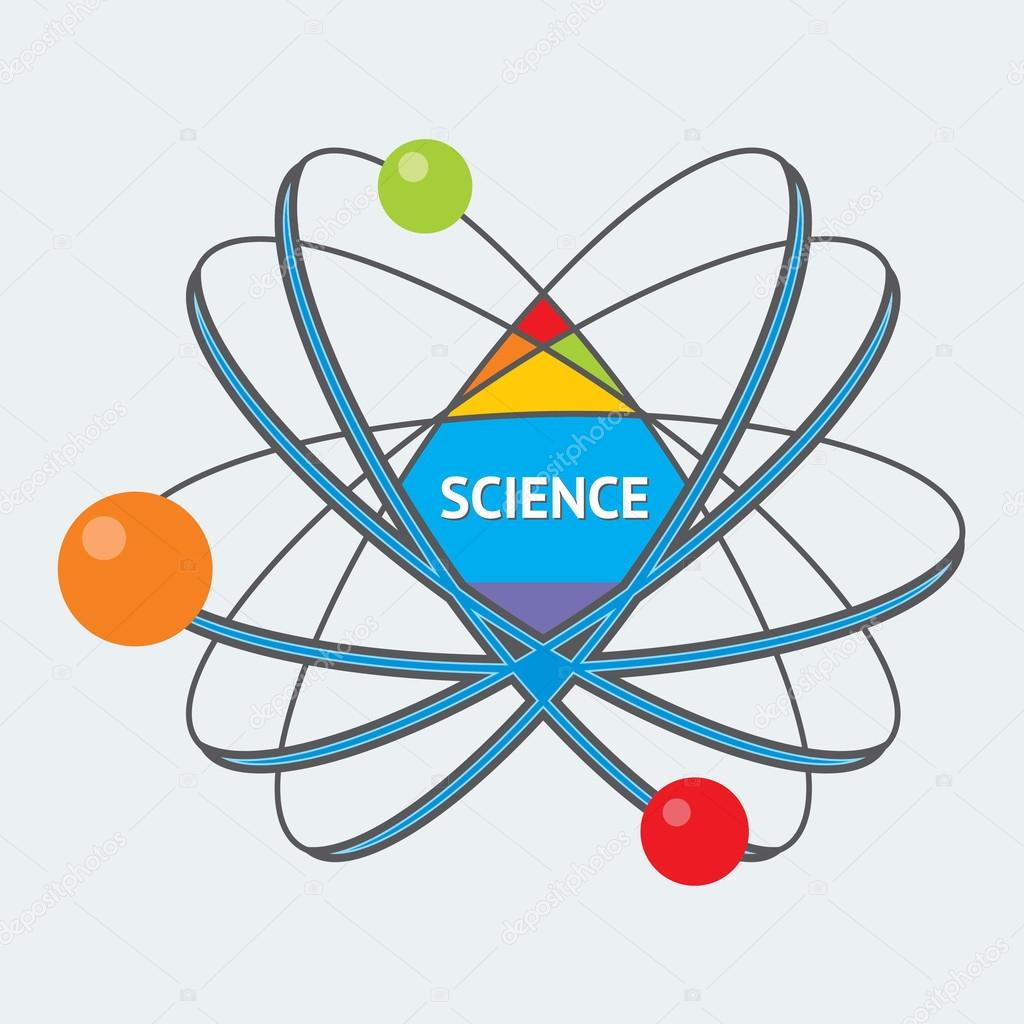Space satellites are marvels of modern technology, enabling a wide range of functions from communication and navigation to Earth observation and scientific research. Understanding how these satellites operate involves delving into their design, functionality, and the intricate processes that govern their movements and data transmission. Let’s explore the workings of space satellites in detail:
1. Design and Components:
Satellites are meticulously designed to withstand the harsh conditions of space while fulfilling their intended purposes. They consist of several key components, including:
- Payload: The payload is the primary equipment or instruments carried by the satellite to perform specific tasks, such as capturing images, transmitting signals, or conducting scientific experiments.
- Power System: Satellites utilize solar panels to generate electricity from sunlight, which is then stored in onboard batteries to power the spacecraft and its instruments.
- Communication System: This system allows the satellite to transmit data back to Earth and receive commands from ground control stations. It typically includes antennas, transmitters, and receivers.
- Propulsion System: Some satellites are equipped with propulsion systems to adjust their orbits or maintain stability. These systems may use chemical thrusters, ion engines, or other propulsion technologies.
- Onboard Computers: Satellites are equipped with sophisticated onboard computers that control various functions, process data, and execute commands received from ground control.
2. Orbital Mechanics:
Satellites operate in orbits around the Earth, following specific trajectories dictated by orbital mechanics. The two primary factors influencing a satellite’s orbit are:
- Altitude: The distance between the satellite and the Earth’s surface determines its altitude. Satellites can orbit at different altitudes depending on their intended purpose, ranging from low Earth orbit (LEO) to geostationary orbit (GEO) and beyond.
- Velocity: Satellites orbit the Earth at high speeds to counteract the gravitational pull. The velocity required for a stable orbit depends on the satellite’s altitude and the desired orbital parameters.
3. Communication and Data Transmission:
Satellites facilitate communication between different locations on Earth and provide a means for transmitting various types of data. The process of data transmission involves several steps:
- Uplink: Ground stations transmit commands and data to the satellite via radio signals. These signals are typically sent at specific frequencies and encoded to ensure reliable communication.
- Onboard Processing: Satellites process the received signals using onboard computers to execute commands or analyze data collected by onboard sensors.
- Downlink: Once processed, the satellite transmits data back to Earth through its communication system. Ground stations receive these signals and decode them to extract the transmitted information.
4. Remote Sensing and Earth Observation:
Many satellites are equipped with sensors and instruments for remote sensing and Earth observation. These sensors capture data about various aspects of the Earth’s surface, atmosphere, and environment, including:
- Imaging: Satellites capture high-resolution images of the Earth’s surface using optical or radar sensors. These images are used for applications such as cartography, urban planning, agriculture, and disaster monitoring.
- Environmental Monitoring: Satellites monitor environmental parameters such as temperature, humidity, vegetation cover, and ocean conditions to track changes over time and assess the impact of human activities on the environment.
5. Navigation and Positioning:
Satellite-based navigation systems like GPS (Global Positioning System) use a constellation of satellites to provide accurate positioning and timing information to users worldwide. These systems rely on precise calculations of satellite positions and signal propagation to determine the user’s location on Earth.
In conclusion, space satellites operate through a combination of advanced technology, orbital mechanics, and precise communication systems. They play a vital role in various fields, including communication, navigation, Earth observation, and scientific research, contributing to our understanding of the world and enabling countless applications that benefit society. As technology continues to advance, the capabilities of space satellites will likely expand, opening up new possibilities for exploration and discovery in the cosmos.


